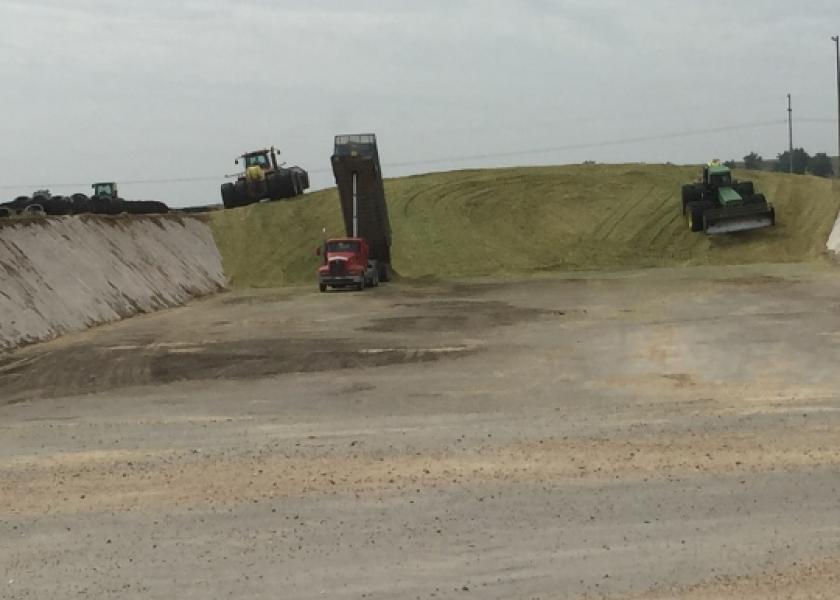How to Make $50,000

Every dairy farmer would love to make an extra $100 per cow per year. For a 100-cow dairy, that represents $10,000 in higher profits. For a 500-cow dairy, it means $50,000 to the bottom line.
There are several ways to achieve this profitability, says Mike Brouk, an Extension dairy management specialist with Kansas State University.
The first option is to increase your milk price through better marketing or producing more milk solids or higher quality. To achieve $100 more income per cow, you’d need to increase your average milk price 32₵/cwt on an 85-lb tank average.
A second option would be to increase herd milk production 3.2 lb/cow/day at $16 milk.
And a third option would be reduce feed shrink 4% at a calculated daily feed cost of $7.50/cow.
None of these options are particularly easy. But the last—controlling shrink—might be the one area over which you have the most control. Simply paying attention to feed losses, all the way from harvest through feedout, can go a long way in reducing shrink, says Brouk.
Reducing shrink also means you’ll have to grow fewer acres of corn silage or alfalfa because you’ll be feeding more of what you actually raise. For a 500-cow dairy, that might mean 5 acres less corn if shrink is reduced from 10% to 5%.
He notes that measured feed losses—the amount of feed harvested or purchases versus the amount of feed fed—can vary widely. In piles or pits, corn silage losses range from 4.8 to 16%, with an average of a 9% loss. Haylage losses range from 5.6 to 16% in a pile or pit, with an average loss of 10.2%.
Bulk ingredient losses range from 3.5 to 14%, with an average loss of 11.3%. And wet byproduct losses range from 12% all the way up to 40%, with an average loss of 23%.
With a 12% average feed shrinkage loss, a 500-cow dairy will lose nearly $165,000 annually, says Brouk. If the dairy can reduce those shrinkage losses to 8%, losses would amount to about $110,000. The savings: $55,000.
Feed losses in piles, bunkers and pits start with harvest and packing, covering, and then feedout. Paying attention to detail every step of the way is critical.
Commodity feed losses are dependent on both the type of storage they are held in and the care employees take when mixing feed. For example, a three-side feed center has shrink losses ranging from 2.5 to 11%, with an average of 6.7%. And enclosed feed center has shrink ranging from 2 to 7%, with an average of 4%. Upright bin or overhead storage has similar losses as the enclosed feed center.
The difference is the enclosed storage typically has fewer losses due to wind and birds, says Brouk. Feed centers also may improve material handling efficiency, reduced load times and lower energy consumption. While feed centers can be expensive to build, the combination of lower shrink and greater feed mixing efficiency can mean a payback in as little as five years.
Many dairies consider shrink a cost of doing business nor one that they can control. But many dairies also lack data to know how much feed they are losing due to shrink.
“You can’t manage what you can’t measure,” says Brouk. Getting a handle on shrink offers a potential profit opportunity—if only dairy farmers make shrink losses a point of emphasis.







